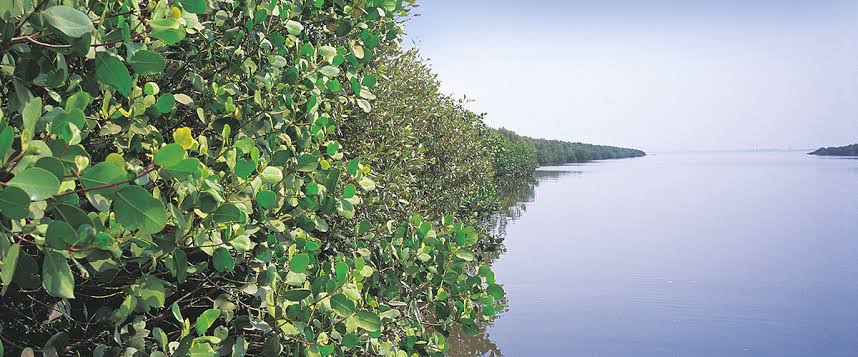World Wetlands Day marks the date of the adoption of the Convention on Wetlands on 2 February 1971 in Ramsar, Iran. The 2020 theme for World Wetlands Day is an opportunity to highlight wetland biodiversity, its status, why it matters and to promote actions to reverse its loss.
On this account, Mr Anup Mathew, Sr. Vice President & Business Head, Godrej Construction, Godrej & Boyce, in conversation with The CSR Journal, highlights the importance of mangrove conservation.
How are mangroves different from other trees?
Mangroves are coastal forests. The ecosystem of mangroves establishes and grows at the interface of land and water bodies like the sea, creeks, estuaries, bays and lagoons, most commonly found in the inter-tidal area, between the high tide and the low tide. Unlike other terrestrial plants, mangroves have the unique ability to survive and grow in an unstable saline environment. This ability comes from adaptations like natural filters in roots (to control salt intake), salt glands (to exclude excess salt), cable roots (for fixing the tree in marsh), breathing roots (to compensate oxygen deficiency in soil), stilt roots (for support), lenticel glands (for exchange of gases between the plant and the atmosphere) and viviparous germination (seeds germinate and produce primitive shoot and roots on parent tree). These adaptations are not found in any other types of plants.


